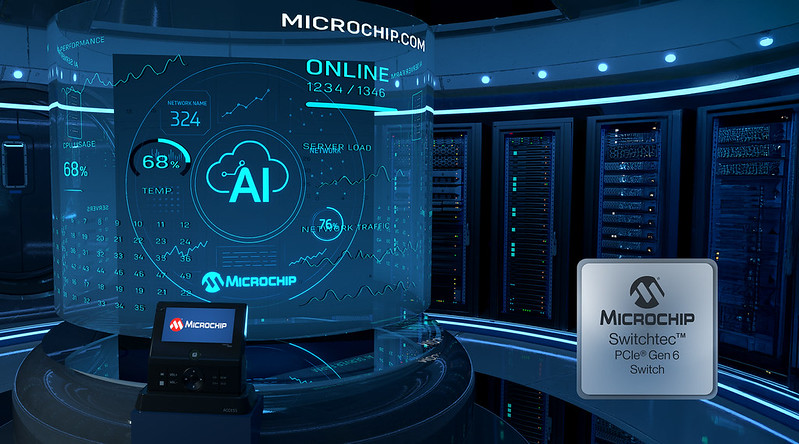Most of what you hear about FLASH developments relates to capacity. But bandwidth is becoming more critical as we stream more data around – particularly for applications where FLASH is replacing a hard drive. Yes, FLASH is already faster than a disk, but moving to solid-state storage – especially in growing data-intensive areas like cloud computing – will ramp up expectations on how much we can shove down that poor memory’s throat. Digital fois gras anyone?
At least this is how Cadence sees things happening (well, except for the fois gras part). They’ve just announced support for the higher-speed ONFi 3 interface standard, which revs up access to 400 MT/s – twice what it used to be. In theory, anyway.
However, they also claim that most implementations of ONFi 3 only achieve 85-90% or so of that theoretical performance. Cadence claims that with their IP portfolio (PHY, controller, ECC), they can achieve 95% of that 400 MT/s.
They’re also touting their ECC – it’s becoming much more important at high densities for both probabilistic and sensing sensitivity reasons. This is especially true with cells that can carry more than one bit’s worth of information: you’re measuring fine gradations of trapped charge, increasing the risk of statistical errors.
Which brings me to my kvetch of the day… terminology. SLC = single-level cell. Your standard, garden-variety memory cell – on or off. One level; one bit; two values. Then there was multi-level cell, or MLC. As far as I was concerned, this was a generic term for anything more than one. “Multi” being rather, well, generic. But no – apparently in this language “multi” means two. Well, actually, that’s not even right. The number of levels in an MLC cell, by this definition, is 4 – there are 4 levels, equivalent to 2 bits’ worth of information.
And then there’s the confusing TLC – three- (or triple-) level cell. Which is doubly confusing since “three” should qualify as part of “multi” since it’s more than one. But it’s worse than that, since a TLC doesn’t have 3 levels – it has 8 levels, 3 bits’ worth of information. Call it a TBC perhaps. Or an ELC. Or an 8LC. TLC is just wrong. And defining “multi” as 2 (or 4) is just goofy.
OK, rant over. More info on Cadence’s announcement is available on their release…




